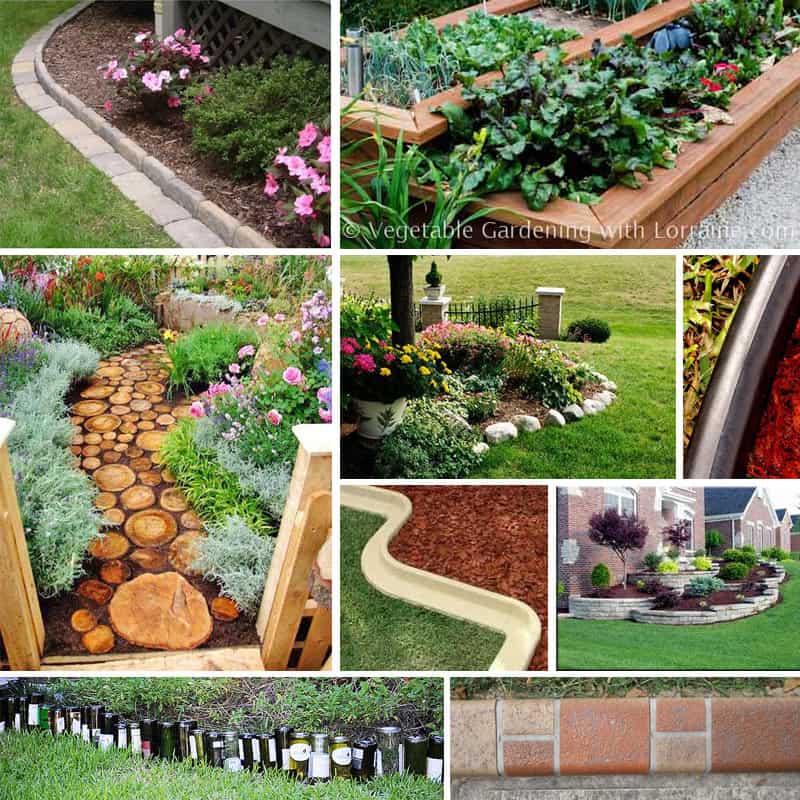It reaches heights of around 20 feet, with an 8-foot cover. Your meaning of "red cedar tree" may vary depending upon where you live.
How fast do eastern red cedars grow?
The Red Cedar is not really a Cedar but is actually a juniper. It has a medium growth rate of 12-24” per year with sticky foliage that is a dull green from spring to fall, and in the winter can be green or turn brown or purple.
WindbreakTrees.com
What can eastern red cedar be used for?
Eastern red cedar is a tree. The wood, berries, and leaves are used for medicine. People take Eastern red cedar for cough, bronchitis, joint pain (rheumatism), water retention, and flatulence. They also take it to improve appetite and digestion, and as a treatment for fungal infections and worms.
The very first couple of months after growing a western red cedar are essential for its growth and survival. When western red cedars are collected from a nursery area for transplanting, much of their origins are cut. The trees are unable to take up water sufficiently for lots of months after growing, making them vulnerable to dry spell tension. Water them at least weekly during the first expanding season.
How do red cedar trees grow?
Red cedars can also be propagated via cuttings. Cuttings should be taken in late fall, winter or spring when the tree is dormant and the sap has slowed. Try to take the cutting in the early morning. To grow a cedar from a cutting, you will need a 3- to 6-inch http://ufotech.com.vn/members/tinianrx0o.512441/ piece of current year's growth.
Department of Farming plant strength areas 2 with 9, getting to 40 to 50 feet tall. It puts on regarding 24 inches of brand-new growth each year and lives much more than 150 years. The tree is offered in bare origin kind throughout the early springtime. Western red cedar is in some cases called an 'arborvitae' which is Latin for 'tree of life', due to the fact that the evergreen foliage lives without any certainly visible buds.
- Eastern red cedar (Juniperus virginiana) gets to heights of 40 to 50 feet and also has a spread of 8 to 15 feet, however is usually rather smaller in cultivation.
- The trunk is covered in furrowed reddish-brown bark that turns grey as the tree develops.
- When squashed, the scaly dark-green leaves have a material gland that yields an aromatic odor.
- It grows in between 50 and 70 feet tall with a 25-foot spread in cultivation, however wild trees can reach heights of 200 feet.
- Western red cedar (Thuja plicata) has an all-natural conelike shape.
Eastern red cedar (Juniperus virginiana) gets to elevations of 40 to 50 feet as well as has a spread of 8 to 15 feet, however is commonly somewhat smaller sized in cultivation. This tree has a pyramidal shape that spreads out as it grows older. Its gray-ridged, reddish-brown bark shreds in lengthwise strips. The medium-green, scale-like leaves, which are organized in overlapping teams of 4, create a strong cedar fragrance. Solvent-borne, oil-based, semi-transparent, spots penetrate the timber surface.

Both Eastern as well as Western red cedars are readily available in cultivars, or cultivated ranges. Juniperus virginiana "Grey Owl," as an example, grows around 18 feet high with a 3- to 6-foot spread, and returns silvery-blue foliage with a great texture. The vegetation on "Emerald green Guard," a female Eastern red cedar cultivar, normally maintains its dark eco-friendly color throughout the winter months.
Plant eastern red cedars in moist to dry soil, because this tree does not tolerate waterlogged dirt. Take a look at the roots, and also trim away any type of harmed or exceedingly lengthy origins with a set of pruning shears. Eastern red cedar trees (Juniperus virginiana) are cone-shaped trees covered with great smelling dark green needles. This evergreen, belonging to eastern North America, expands in UNITED STATE
